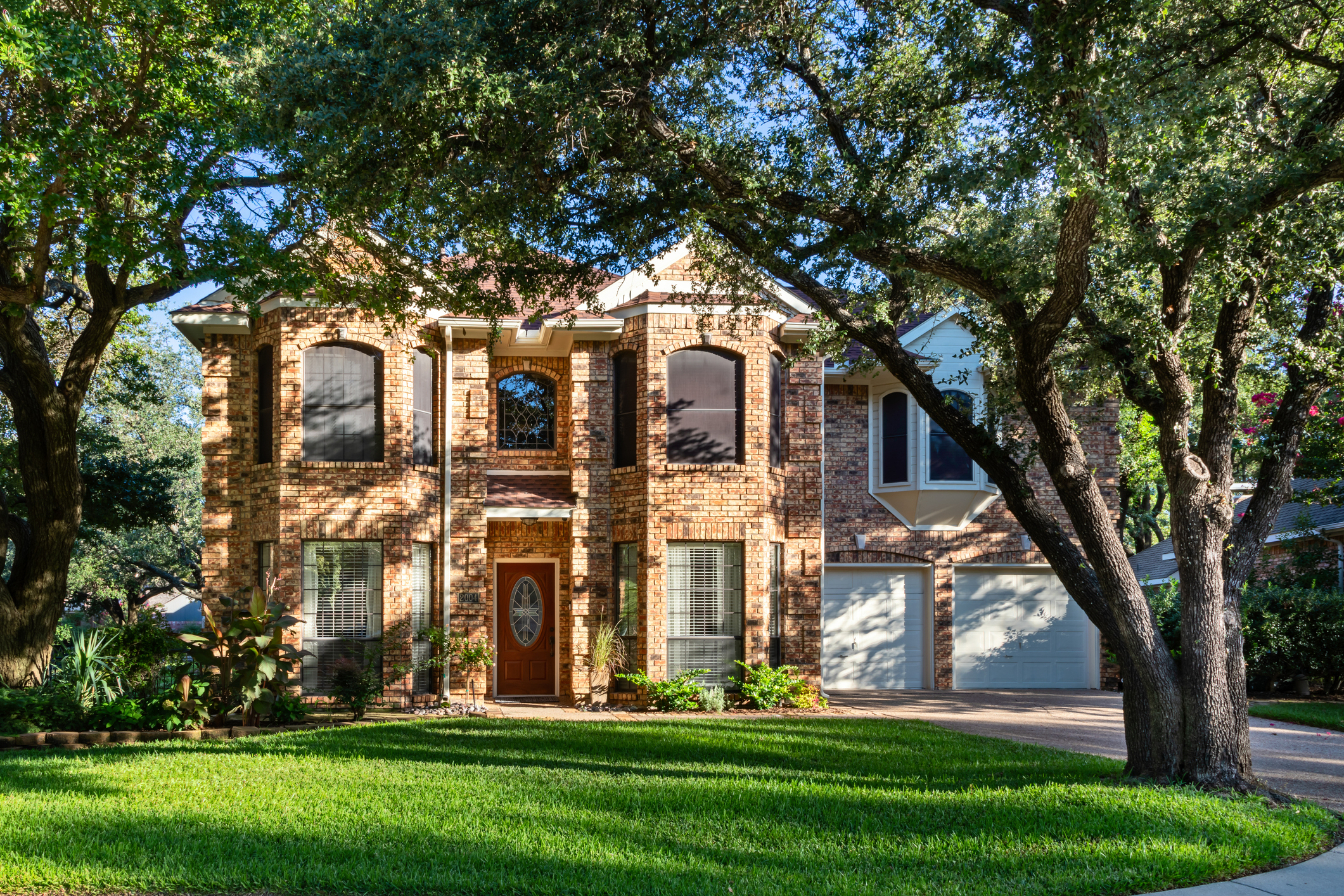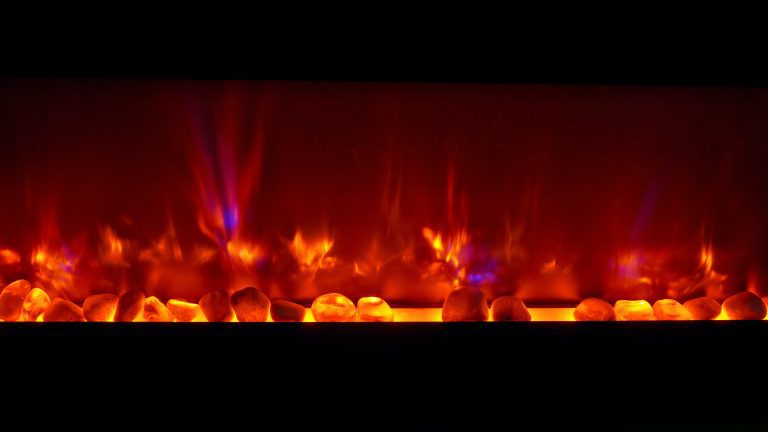
If you want a cooler home in summer and lower bills year-round, fiberglass insulation is often the first option you consider. It is widely available, familiar, and budget friendly. In San Antonio, where long, hot seasons drive up cooling costs, getting the basics right in your attic and walls can make a noticeable difference. This guide explains how fiberglass works, what it does well, where it falls short, what it costs in typical homes, and how it compares with foam options so you can choose with confidence.
How fiberglass insulation works
Fiberglass insulation is made from spun glass fibers that trap air in tiny pockets. Those air pockets slow heat flow, which is why fiberglass is rated by R-value. Higher R-values mean better resistance to heat transfer. In most San Antonio attics, the target is R-38 or higher. You can reach that with batts or with loose-fill blown fiberglass spread evenly across the attic floor.
Two common forms serve most homes:
- Batts: Pre-cut panels that fit between joists and studs. Good for open wall cavities during remodels and for accessible attic bays.
- Blown-in: Loose fibers installed with a hose. Ideal for attics, odd-shaped spaces, and topping up thin existing insulation.
The biggest problem with fiberglass insulation
The material itself insulates well when installed correctly. The biggest problem is performance loss from gaps, compression, and air leakage. If batts are cut poorly or stuffed around wires and can lights, the R-value drops. If air is leaking through top plates, attic hatches, or can lights, heat rides that airflow and bypasses the insulation. In other words, the weak point is usually installation quality and air sealing, not the fiberglass itself.
A professional crew addresses this by air sealing critical penetrations before adding insulation, installing depth markers, and ensuring even coverage. That is where many DIY efforts fall short.
Is fiberglass insulation expensive?
Fiberglass is one of the most cost-effective ways to add R-value. Material costs are lower than foam products. Labor is also modest compared with more complex systems. In San Antonio, blown-in fiberglass upgrades often deliver some of the fastest paybacks because summer cooling loads are high. If you qualify for a utility rebate, your out-of-pocket can drop further.
What does fiberglass cost in San Antonio?
Every attic is different, so think in ranges. Costs vary with access, prep, removal needs, and target R-value. The figures below reflect typical scenarios for adding blown-in fiberglass to reach about R-38 in an attic without major complications. These are ballpark estimates to help you plan.
- Per square foot, installed: about 1.25 to 2.00 dollars for a top-up to common R-values in accessible attics.
- Small rooms, 200 to 400 square feet: 300 to 800 dollars if the area is easy to reach and does not require removal.
- Medium attics, 800 to 1,000 square feet: 1,000 to 1,800 dollars.
- Larger homes, 1,200 to 1,800 square feet: 1,600 to 3,000 dollars.
How much does 1500 square feet of insulation cost? A typical 1,500 square foot attic upgrade to about R-38 commonly falls between 1,900 and 2,800 dollars when conditions are straightforward. If you need old insulation removed, extensive air sealing, or have complex access, the price can be higher. If you qualify for a CPS Energy rebate, the total can drop meaningfully. A professional inspection gives you a precise, itemized quote.
Pros of fiberglass insulation
- Budget friendly: Lower upfront cost than most foam options.
- Quick install: Many attic projects finish in a few hours.
- Good thermal performance: Reaches target R-values reliably when installed correctly.
- Flexible coverage: Blown-in fills odd shapes and voids well.
- Noncombustible: Fiberglass itself does not burn.
Downsides of fiberglass insulation
What is the downside to fiberglass insulation? The main drawbacks are tied to air movement and installation care.
- Limited air sealing: Fiberglass resists heat flow, but it does not stop air leaks by itself. You still need air sealing around penetrations and at the attic hatch for best results.
- Performance depends on fit: Gaps, compression, and uneven depth reduce R-value.
- Potential irritation during install: Fibers can irritate skin and lungs; proper PPE is important.
- Moisture sensitivity in wrong conditions: While fiberglass does not absorb water like a sponge, it can hold moisture if exposed. Wet insulation should be removed to prevent mold on surrounding materials.
Fiberglass vs spray foam in San Antonio
If your priority is maximum air sealing and higher R per inch, spray foam is a step up. Open-cell foam delivers strong air sealing and sound control in walls and rooflines. Closed-cell foam adds higher R-value per inch and moisture resistance which helps in tight spaces and rim joists. Foam usually costs more upfront than fiberglass, but it can solve comfort and humidity issues that fiberglass plus air sealing cannot fully address.
For many attics, a smart middle path works well. Air seal first, install a balanced level of blown fiberglass, then consider a radiant barrier to cut roof heat gain. That combination matches our climate and keeps costs reasonable. If you are exploring foam specifically, review options for spray foam insulation to see where it may outperform fiberglass.
Health and safety notes
Modern fiberglass products are widely used and considered safe when handled and installed correctly. Irritation is the most common concern during installation. Wear gloves, sleeves, eye protection, and a respirator. After installation, the material sits undisturbed in the attic and does not pose ongoing exposure in living areas. The bigger indoor air quality risks come from dust and air leaks that pull attic air into the home. Air sealing and proper attic ventilation help address that.
Practical steps to get started
- Schedule an inspection: A quick attic check confirms current R-value, ventilation, air leaks, and any removal needs.
- Ask for itemized options: Compare costs to top up fiberglass, remove and replace, or upgrade to foam in key areas like rim joists.
- Confirm rebates: CPS Energy programs can offset costs. A contractor who handles paperwork reduces hassle.
- Plan the prep: Air sealing, baffle placement at eaves, and safe clearances for lights and flues are key to long-term performance.
If you are ready to tackle your attic, a local pro, like Geo Insulation, can assess conditions and recommend the right mix of sealing and insulation.
Summary: Is fiberglass right for your San Antonio home?
Fiberglass insulation offers strong value, quick installation, and reliable thermal performance when installed with care. The biggest challenge is not the material, it is air leaks and poor fit. If you pair air sealing with a consistent layer of blown or batt fiberglass, you can lower cooling loads, improve comfort, and keep costs modest. For homes with persistent hot rooms, humidity concerns, or limited space in cavities, spray foam may be worth the upgrade.
Still unsure which path fits your budget and goals? A professional assessment in San Antonio will give you clear choices, transparent pricing, and rebate guidance so you can move forward with confidence. Contact Geo Insulation today.






